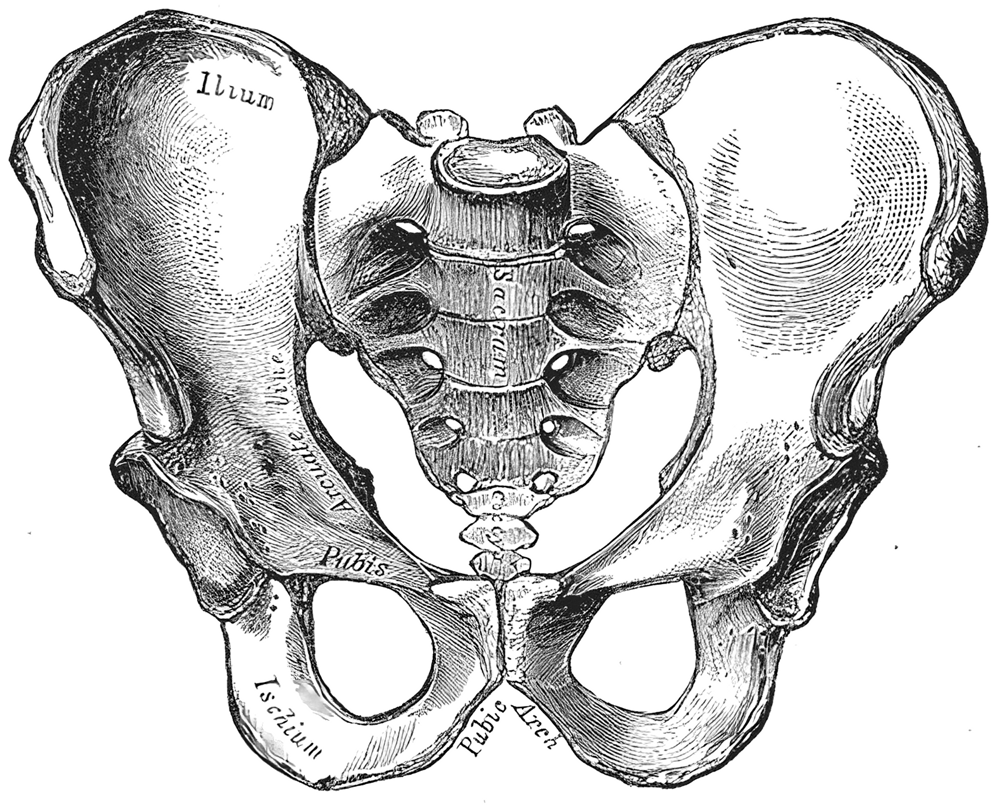Fun facts about Big Cities, Sleep, Starfish, Flags, Hindi, Bible Stories, Van Gogh and more!
Saturday, January 5, 2013
Friday, January 4, 2013
French Alphabet - V W X Y Z
We already learned French A B C D E F G, H I J K L M N, and O P Q R S T U
now let's learn the last letters:
V - Sounds like vay
W - Sounds like doo bluh vay
X - Sounds like eeks
Y - Sounds like ee guh dake
Z - Sounds like zed
So all together, let's say it!
You can try singing it to the alphabet song.
ah, bay, say, day, uh, eff, zhay
ah-sh, ee, zhee, kah
el, em, en, oh, pay
coo, ay-uh, ess
tay, oo, vay
doo bluh vay, eeks, ee guh dake, zed
Now you know your French ABCs!
To hear the letters, visit FrenchSpanish Online's alphabet page
Thursday, January 3, 2013
Frequency
We just learned about Waves and Wavelength.
Frequency means the number of times that something happens during a certain length of time.
So for example, if you clap your hands 3 times,
then 3 is the number of times
If you count out 10 seconds,
that is the length of time.
If you clap your hands 3 times while you count out 10 seconds,
then 3 over 10 is the frequency.
You can write it like 3/10.
If you clap your hands 7 times in that 10 seconds, that's 7/10, which is a higher frequency
If you clap your hands just 1 time in that 10 seconds, that's 1/10, which is a lower frequency
We can use frequency to measure lots of things from music to heart beats to airplanes!

(from: wikipedia - frequency)
Sometimes we also use the word occurrences instead of saying number of times.
Wednesday, January 2, 2013
Otter noses and ears
We just learned a little about Snails.
River otters love to swim when they're hunting for food or just playing.
They can stay underwater for 4 minutes!
When they're underwater, they have special skin flaps in their ears and noses
that shut tight to keep the water out.
That would be pretty nice to keep water out of your nose, wouldn't it?

(from: wikipedia - north american river otter)
Tuesday, January 1, 2013
Sacrum
We just learned about the Distal Phalanges.
We've learned before about most of the bones in your spine,
the cervical vertebrae, thoracic vertebrae, and lumbar vertebrae.
There are two more parts on your spine at the very bottom.
The first one is called the sacrum, a somewhat large triangle shaped bone right in the middle of your hips.
sacrum by itself:

(from: wikipedia - sacrum)
sacrum shown where it is in between the hip bones:

We'll learn about the other part next Tuesday!
Monday, December 31, 2012
Pacific ocean
We learned about one of the really big oceans called the Atlantic ocean
But the biggest one on planet earth is called the Pacific ocean

(from: wikipedia - pacific ocean)
It's between North America and Asia,
and between South America and Australia.
The Pacific ocean is so big that it covers more of the earth than all of the continents combined!
Sunday, December 30, 2012
Apostle's Creed - part 4
We already learned the Apostle's Creed part 1, part 2, part 3:
I believe in God, the Father Almighty, maker of heaven and earth.
And in Jesus Christ, his only Son, our Lord
who was conceived by the Holy Spirit, and born of the virgin Mary,
Now here's part 4:
suffered under Pontius Pilate, was crucified, died and was buried.

(from: wikipedia - apostle's creed)
Pontius Pilate was like a governor or a mayor in Rome, and had power to make decisions for trials like a judge.
When Jesus was brought before Pontius Pilate, he allowed him to be crucified.
Subscribe to:
Comments (Atom)
